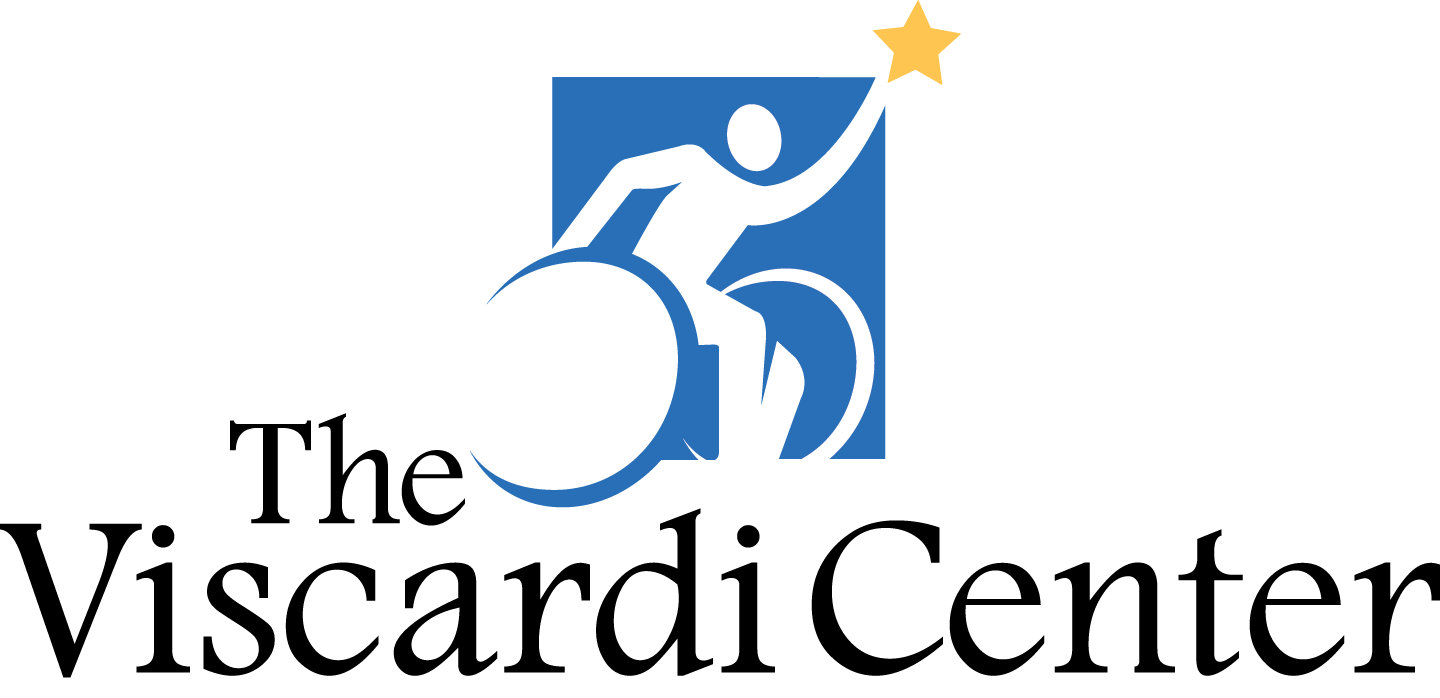By Michael Caprara
This summer, we celebrated the 31st anniversary of the Americans with Disabilities Act (ADA) and reflected on the impact the passage of this landmark legislation has had on the 61 million Americans with disabilities living in the United States today.
A lot has changed in our world since 1990, including technology’s increasingly complex role in how we work, learn, shop, and communicate. Although the ADA prohibits discrimination in all areas of public life, obstacles remain when it comes to the ways we access digital information.
Digital accessibility awareness has grown rapidly over the years, but most organizations still have unanswered questions about how to effectively plan and implement accessibility updates to their websites, videos, and documents—even if they are aware of basic standards and requirements. We’ve compiled four digital accessibility inquiries we have been seeing recently as organizations work to incorporate accessibility best practices.
- The pandemic has accelerated the adoption of technology in our workplaces and schools, and with it, the need for digital accessibility solutions. How do we stay ahead of the curve?
Employees and students alike must be able to fully participate in meetings and access coursework, both in-person and online—making services, some of which may not have been on the top of your list pre-Covid, essential. For example, The Viscardi Center had seen a massive increase in requests for remote captioning since the start of the pandemic as industries balance hybrid setups that include online meetings, livestreams, and webinars. Known as Communication Access Real-Time (CART), the service provides synchronized speech-to-text captions from a professional transcriber to any screen.Accessibility demands a thoughtful, well-planned approach. Upgrading existing content can take more time and resources than it would to develop inclusive assets from scratch. As organizations enhance their digital presence, it pays to make accessibility considerations early in the development phase.
- We’re ready to refresh our accessibility plans and policies. Who needs to be on board?
Short answer: everyone. Accessibility needs to be baked into your corporate policy and culture. And while it should be embraced at the C-Suite level, leaders must strategize with all arms of an organization on building a comprehensive action plan.Explore how your existing website measures up by running a usability report and encourage your IT and HR departments to review employee-facing software systems. If, for instance, you have a career portal that isn’t accessible to individuals with low vision or blindness, it could prevent your organization from tapping into a skilled talent pool and recruiting qualified candidates with disabilities.
- We want to adhere to the law while maintaining an equitable and inclusive environment within our organization. How can we meet these legal and ethical accessibility requirements?
There’s been an influx of companies, educational institutions, and government entities looking to prioritize DEI. They’re not only searching for accessibility solutions for public-facing content, like documents and websites, but also seeking guidance on nuanced internal systems and policies that impact the productivity of their team.The ADA was signed into law to guarantee equal opportunity for individuals with disabilities, including public accommodations, employment, transportation, and access to state and local government services. However, as technology continues to change how we interact with each other, gaps in digital accessibility are widening. A commitment to accessibility means closely examining the way your organization is uniquely communicating and sharing information with stakeholders, from on-boarding materials to accounting and purchasing software. It also means going beyond what is required and having the foresight to do what’s right for everyone who engages with your content and technology.
- We’re about to develop a new website or application. Should we seek feedback on usability and functionality from customers, students, and employees in the disability community?
In a recent blog post, we touched upon a report by SCORE, the nation’s largest network of mentors dedicated to helping small businesses, which suggested businesses can expand their market reach and boost employee morale by improving accessibility. On the other end of the spectrum, 71% of web users with disabilities said they will simply leave a website that isn’t accessible. As Americans with disabilities have a disposable income of $490 million, businesses without fully accessible websites risk losing out on a large revenue stream. And remember: If your company buys and uses inaccessible software, you’re still liable under the ADA.It’s wise to involve stakeholders with disabilities in evaluating and testing the accessibility experience of a new website or application. World Wide Web Consortium (W3C)’s Web Accessibility Initiative (WAI) recommends including “real users in real situations” right from the start to get a sense of “how people with disabilities and older people use the web with adaptive strategies and assistive technologies.”
Need help making your digital content accessible to all? The Viscardi Center’s team of Digital Accessibility experts are here to help.
 |
Michael Caprara Chief Information Officer, The Viscardi Center |

